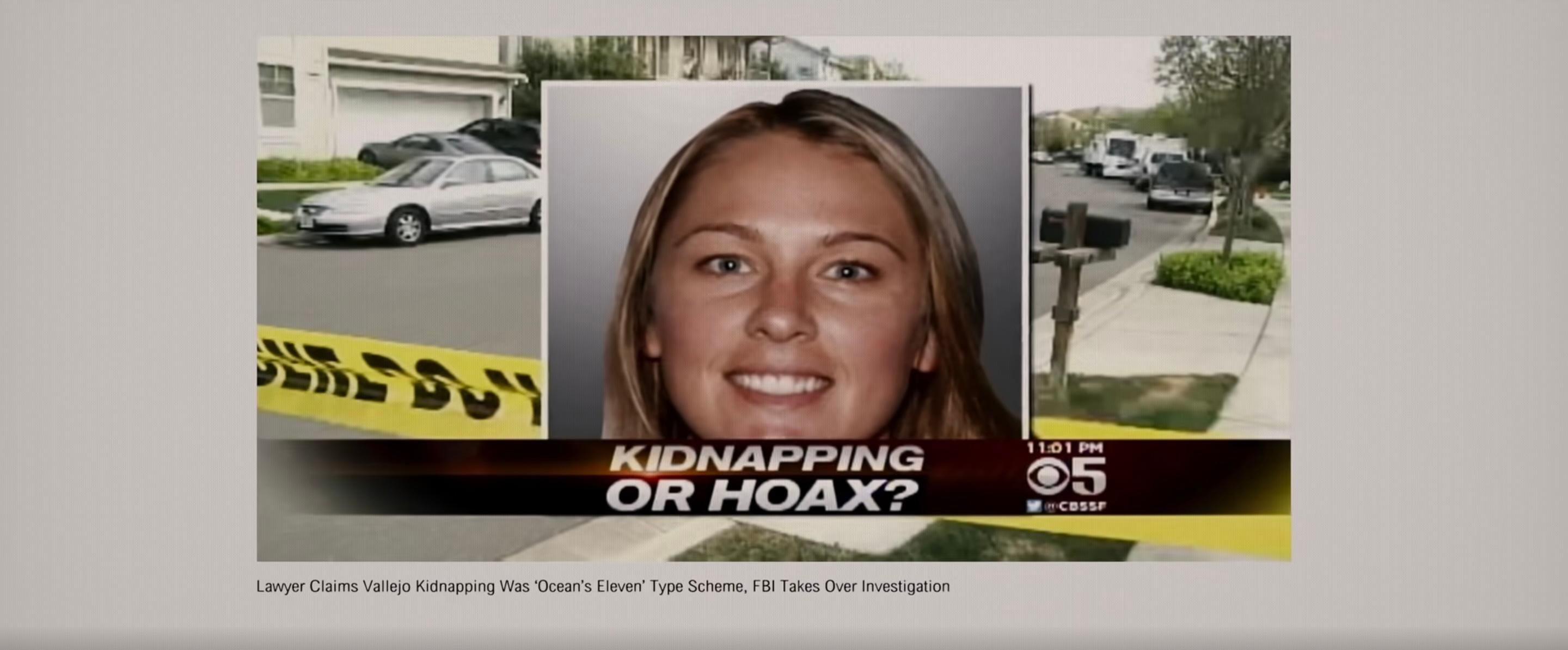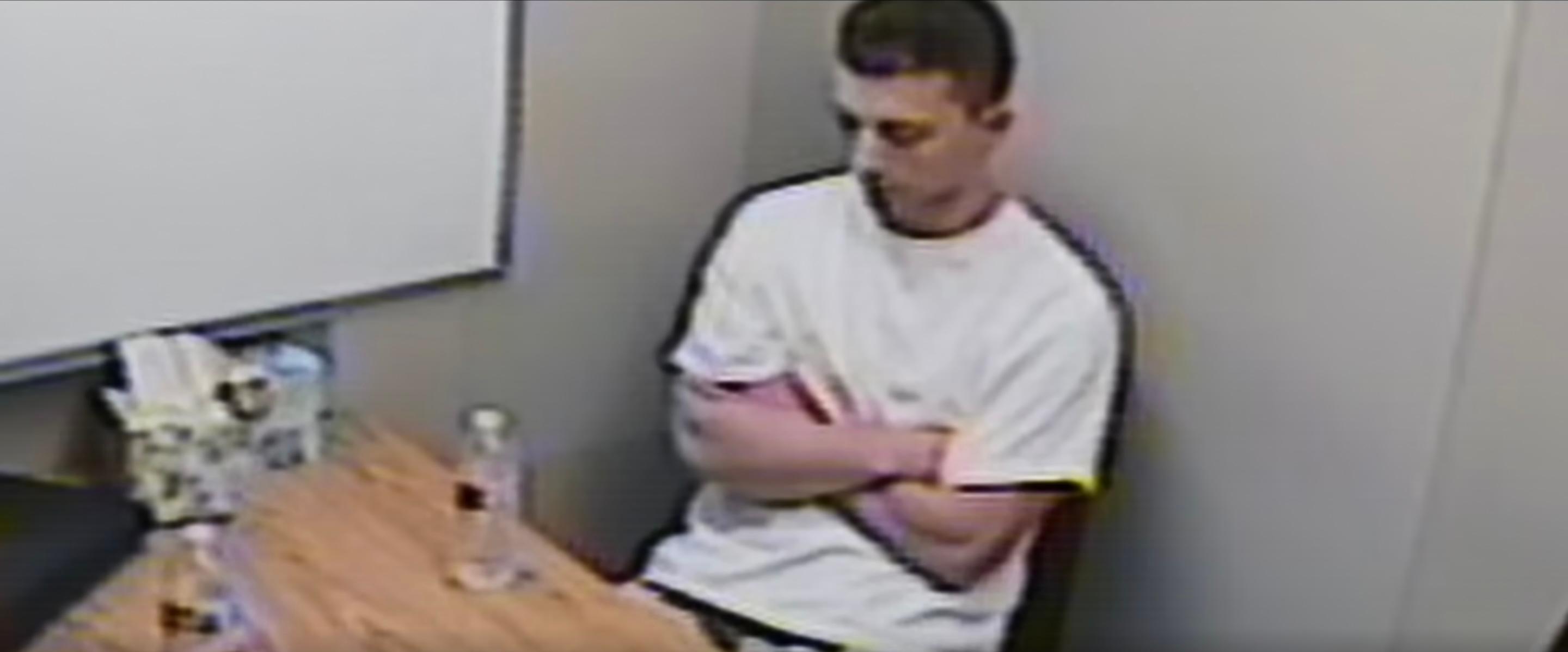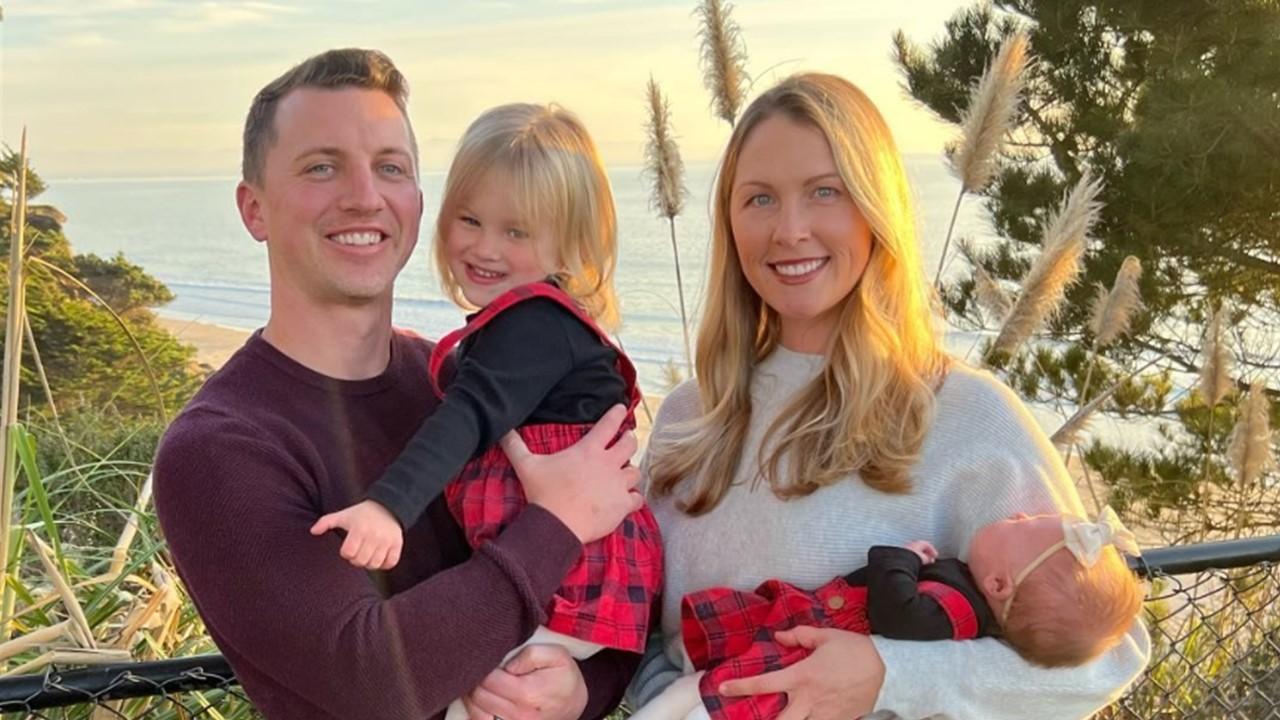Denise Huskins Was the Center of a Victim-Turned-Villain 'Gone Girl' Kidnapping Case
Published Jan. 4 2024, 10:37 p.m. ET

Denise Huskins
Imagine getting woken up in the middle of the night by strangers as they tie you up, blind and gag you, and kidnap you. That’s what happened to Denise Huskins in 2015, but the story runs so much deeper. Now imagine getting returned safely, but instead of the cops trying to catch your kidnapper, they’re blaming you.
The trauma of the kidnapping alone is enough, but add gaslighting from the people who are supposed to protect you, and we have a recipe for a Netflix true crime documentary. American Nightmare, a three-part documentary that premieres on Jan. 17, 2024, tells the story of Denise Huskins’s kidnapping. But what really happened to her?

Denise Huskins was kidnapped and then blamed for her disappearance.
In 2015, on the heels of Gillian Flynn’s successful 2012 hit novel, Gone Girl, and its subsequent film adaptation, Denise Huskins’s kidnapping sent law enforcement into a strange place, to say the least. She was staying with her boyfriend, Aaron Quinn, on March 22, 2015. “I remember being asleep and hearing a voice and thinking it was a dream,” Huskins recalled in an episode of 20/20. “I could hear, ‘Wake up, this is a robbery. We’re not here to hurt you.’”
Two men in scuba suits forced the couple to tie each other up and wear blacked-out goggles. The robbers had intended to take Quinn’s ex-girlfriend hostage, but Huskins was there, so they took her instead. They demanded a ransom from Quinn and instructed him not to call the police or they would kill Huskins. Quinn asked his brother, an FBI agent, what to do. His brother instructed him to call the police anyway, which unfortunately only made things worse.
The kidnappers released Huskins after 48 hours of torture, which included at least two counts of rape. Although she was safe at home in Huntington Beach, Calif. after the ordeal, she didn't expect to come back to what faced her.
The police blamed Quinn and Huskins for her kidnapping, using their confirmation bias to draw ties to ‘Gone Girl.’
When Huskins was kidnapped, Gone Girl was at the forefront of the cultural landscape. When Quinn went to the police, they started questioning him instead of helping him. They even forced him into traditional prison garb and held him for investigation. They believed that he was covering up for Huskins’s Gone Girl-esque escape or that he had murdered his girlfriend.

When Huskins was returned, she didn't get to lovingly reunite with Quinn. Instead, the Vallejo Police Department forced her into intense questioning for over a week. She told her lawyers she wasn’t comfortable revealing to police she had been sexually assaulted in captivity because of their treatment towards her. This only made her case more complicated.

Huskins’s story is less of a mysterious true crime piece of a bizarre case and more of a window into a corrupt law enforcement system. After listening to episode upon episode of Crime Junkie, it’s clear that police departments often come to early conclusions and use those to feed their confirmation bias.
In Huskins’s case, they had decided she ran off, and despite the mounting evidence against their hypothesis, they used all explanations to refute the evidence and confirm their biases. The police only admitted their inaccuracies when a separate robbery case brought in evidence against Matthew Muller. He was proven to be the culprit, but only after falling right into investigators’ laps.

American Nightmare is the story of Huskins and Quinn’s real-life nightmare. Luckily, they’ve come out of it together and now have two daughters. They also sued the Vallejo Police Department and won $2.5 million in damages, which they put toward telling their story. Hopefully, by sharing their experience with an ineffective police department, others won’t go through the same trauma.